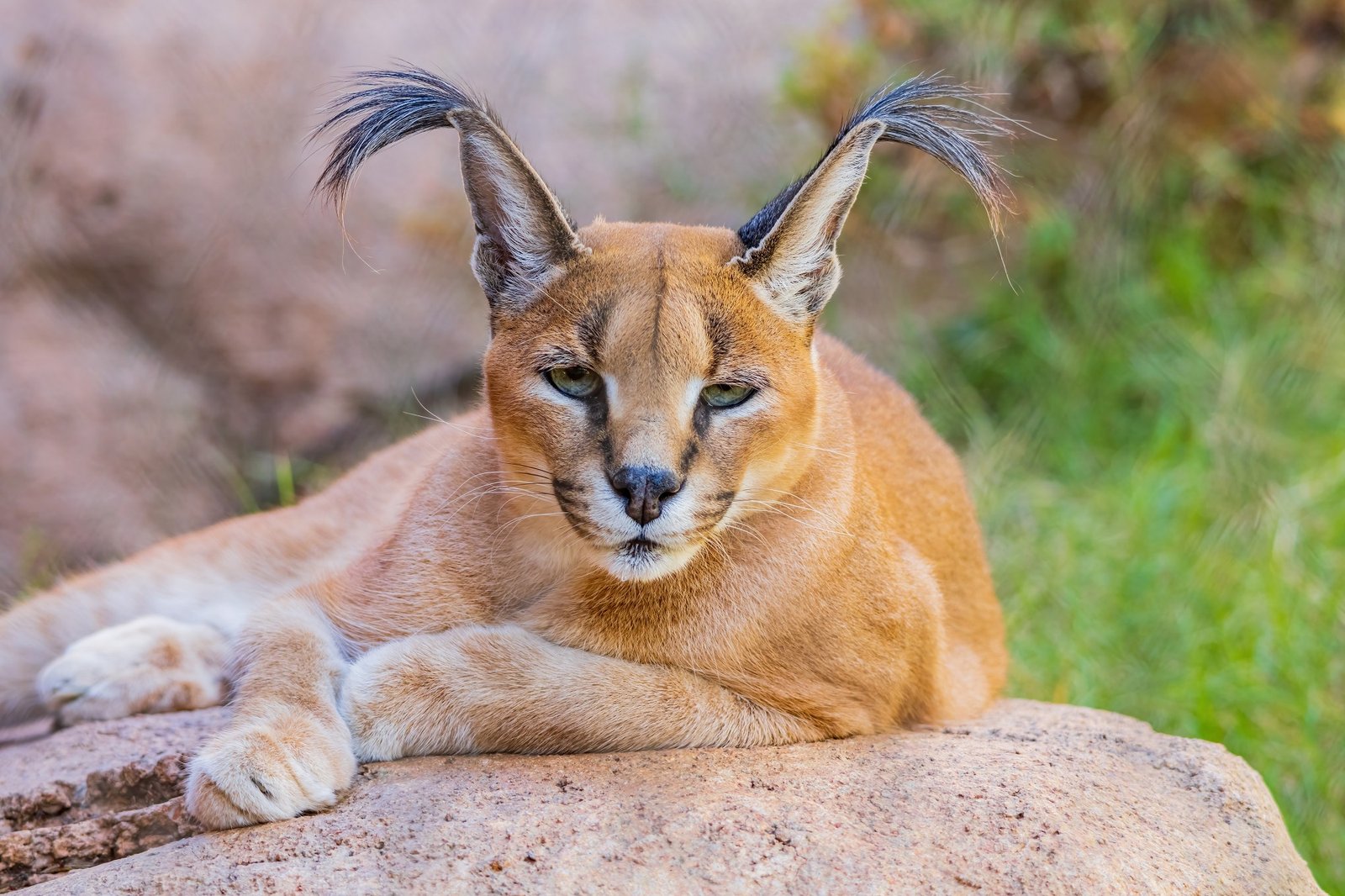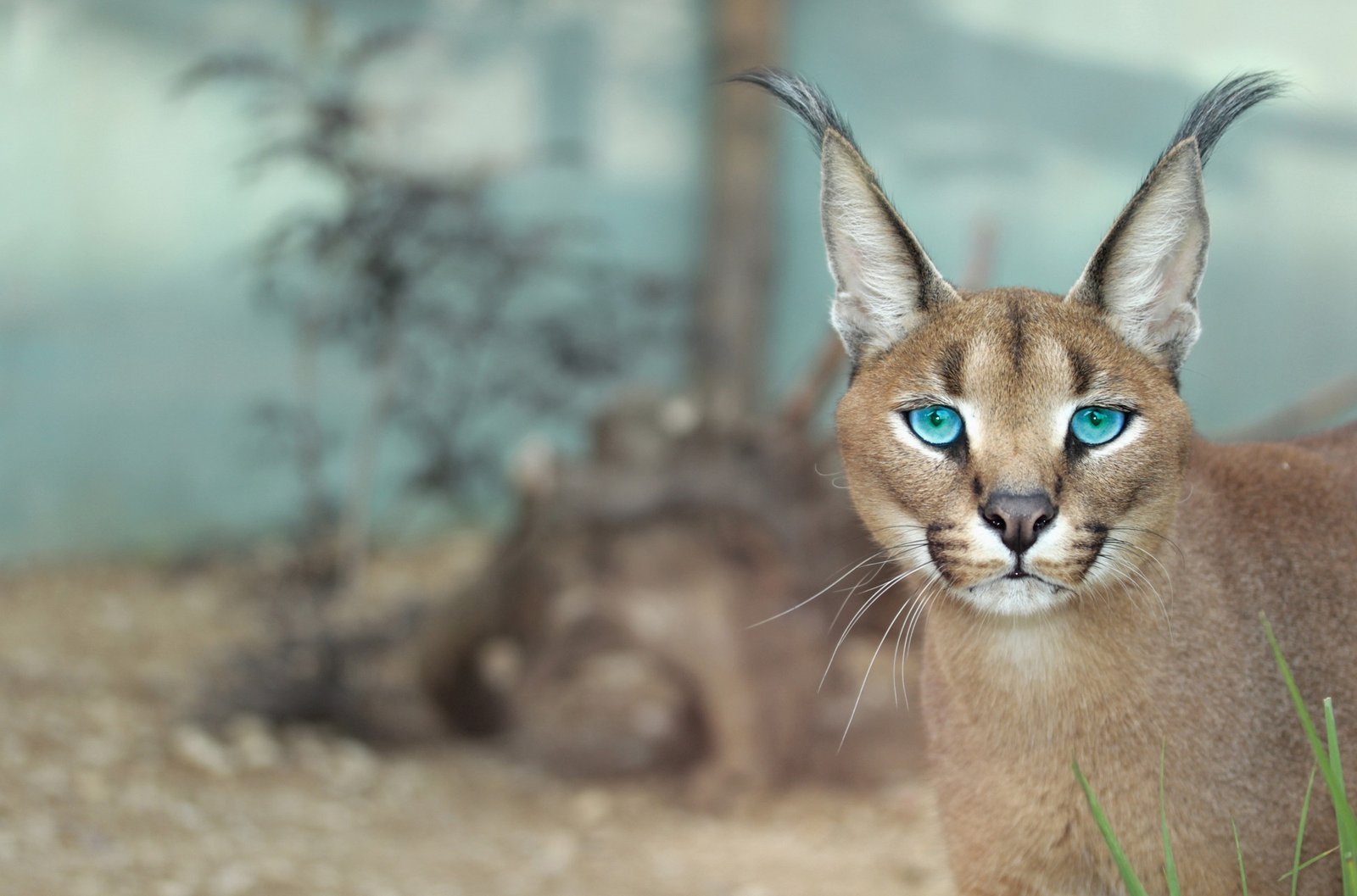
The Caracal (Caracal caracal): A Comprehensive Overview
Abstract:
The Caracal (Caracal caracal), also known as the desert lynx or African lynx, is a medium-sized wild cat species found across various regions in Africa, the Middle East, and parts of Asia. This report provides a comprehensive overview of the Caracal, covering its physical characteristics, habitat, behavior, diet, reproduction, and conservation status.
Introduction:
The Caracal is a carnivorous mammal belonging to the family Felidae. Known for its distinctive appearance and remarkable adaptations, the species is spread across a wide geographical range.
Physical Characteristics:
The Caracal is easily recognizable by its reddish-brown coat, long tufted ears, and slender body. Adult males typically weigh between 13 to 18 kilograms, while females are slightly smaller. The long legs and a relatively short tail contribute to its agile and athletic build.
Habitat and Distribution:
Caracals are adaptable creatures that inhabit a variety of environments, ranging from savannas and grasslands to deserts and scrub forests They are found in parts of Africa, the Middle East, and southwestern Asia. Their distribution includes regions such as sub-Saharan Africa, the Arabian Peninsula, and the Indian subcontinent.

Behavior:
Caracals are solitary and territorial animals. They are known for their excellent jumping ability, capable of catching birds in mid-air.
1. The caracal, scientifically known as Caracal caracal, is a medium-sized wild cat native to Africa, the Middle East, and parts of Central Asia.
2. Known for its distinctive appearance, the caracal has long, tufted ears, giving it a striking and unique look among wild felids.
3. These agile predators are skilled hunters, capable of leaping high into the air to catch birds in flight. showcasing their remarkable athleticism.
4. Caracals primarily feed on small mammals, birds, and sometimes even larger prey like antelope. showcasing their adaptability in hunting different prey types.
5. Despite their solitary nature, caracals have been known to make various vocalizations, including growls. hisses, and meows, for communication purposes.

